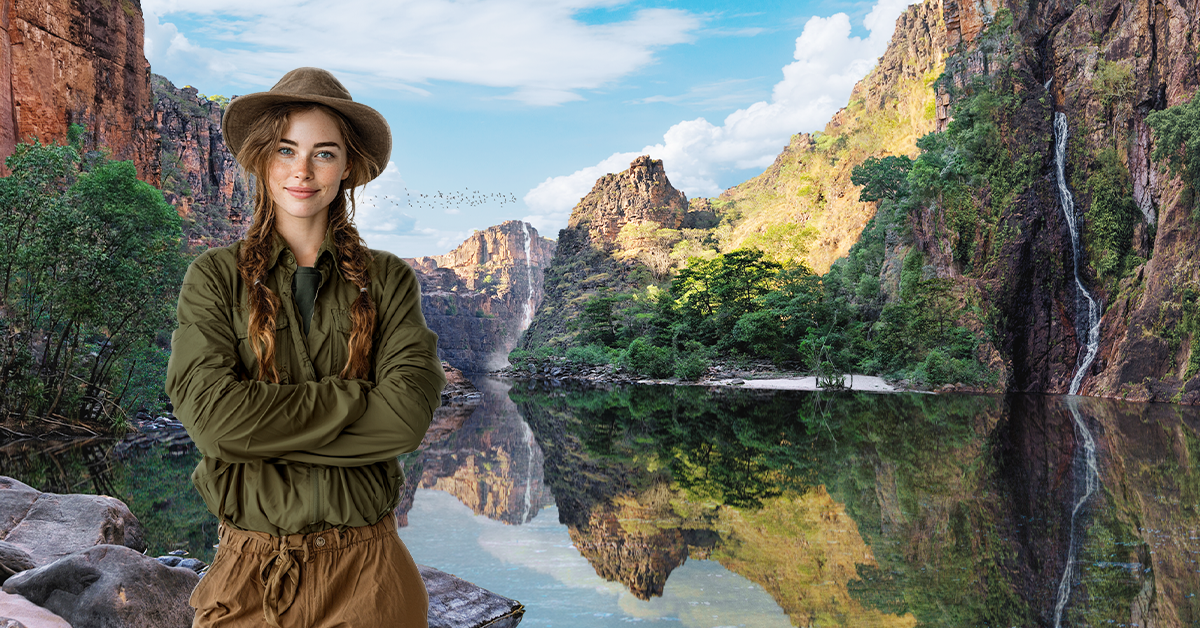
Lake Titicaca: three fishes, one story
Fishing Clash is opening the waters of Lake Titicaca. At 3,812 meters (12,507 feet) above sea level, it is the highest navigable lake in the world, straddling the border between Peru and Bolivia. From the Peruvian side, near the city of Puno, the lake stretches so far it feels more like a sea tucked into the Andes. Its scale impresses, but the whole story lies in how people live with it. Here, fish are not only food but also symbols of identity, economy, and memory.
This is a story told through three kinds of fish: the trout, the silverside, and the small native Orestias. Each reveals a different layer of life around Titicaca.
Trout: the ambitious newcomer
The rainbow trout arrived in the early 1940s as part of a development push: bigger fillets, more food, new markets. The fish adapted quickly, but its success reshaped the lake’s food web and the local economy in equal measure.
Trout thrived in Titicaca’s cold depths. They grew large, could be sold fresh or fried, and quickly became valuable in both local markets and tourism. Today, the most common image of Titicaca on a plate is trucha frita: a whole fried trout served with rice, golden potatoes, and a lime wedge. In Puno’s restaurants, it’s served neatly, often with a side salad and a bright, yellow, bite-size ají amarillo chili. For visitors, this dish has become shorthand for the entire lake: one plate, one photo, one memory.
But behind the success was a price. Trout preyed on the lake’s native fish and disrupted a balance that had existed for centuries. Several species declined sharply, while some vanished altogether. What was meant as a gift became a trade-off, and the debate about what Titicaca has “lost” continues today. Still, for most locals, trout have become part of life, part of the menu, and part of the lake’s new identity.
There’s also a split between how the trout is experienced. Tourists encounter it in sit-down restaurants and lakeside eateries, often as their first meal in Puno. Locals eat it more plainly, sometimes grilled over coals or simmered in a broth called caldo de trucha, a hearty soup popular on cold mornings. In both versions, the trout has become the ambassador fish of Titicaca. Never truly native, but by now firmly settled.

Pejerrey: the everyday worker
While the trout grew into a symbol, another introduced fish quietly took its place as the backbone of daily diets: the pejerrey, or silverside. Brought into the lake from Argentina in the mid-1950s, it never reached the fame of the trout, but in many ways, it is more important for everyday life around the lake. Smaller, with light white meat and a mild flavor, the pejerrey never attracted the same attention, but it fit seamlessly into the rhythm of local life.
Walk through Puno’s central market in the morning and you’ll see bowls of freshly caught pejerreyes sold in heaps, ready to be fried in home kitchens. Street vendors serve them hot from the oil on simple plates or in takeaway wrappers, with lime and a little chili pepper. Families sit on benches eating them with boiled potatoes or rice – it’s a simple food, not meant for spectacle but for nourishment.
For households around Titicaca, the pejerrey is affordable, dependable, and versatile. Where the trout is tied to tourism and restaurants, the pejerrey belongs to the everyday: the lunches children take to school, the quick meal after a morning on the lake, the dish that fills stomachs without ceremony.
And yet, in that ordinariness lies its importance. The pejerrey represents a kind of continuity; it is not celebrated, but it is counted on. It keeps kitchens running and makes the connection between the lake and the household direct, recurrent, and unpretentious.
Orestias: the memory of the lake
Long before the trout and pejerrey arrived, the waters of Titicaca were full of small, native fish from the genus Orestias. There were dozens of species, each unique to this high-altitude lake, and together they fed entire generations. Families caught them in large quantities, laid them out to dry in the mountain sun, and used them in simple soups and stews. For centuries, Orestias were the taste of the lake itself.
Their decline in the last century was dramatic. Caught between invasive species, pollution, and environmental changes, many Orestias species disappeared. One emblematic native, Orestias cuvieri, is now considered extinct. Markets that once overflowed with these little fish now sell trout and silversides instead. Younger generations may barely recognize the names.
But memory holds strong. Older residents still talk about Orestias, about their abundance, and their flavor. For them, the small native fish symbolizes a time when the lake felt infinite in its generosity. At some homes, echoes remain: recipes adapted for other fish, and cooking rituals passed on even if the main ingredient has changed.
The loss of Orestias is a reminder of fragility, but also of adaptation. People adjusted, carried on, and found ways to make the new fish part of their lives. The memory of the old flavors lingers, though, giving the lake a sense of depth that goes beyond what you can see in the water today.
Culture at the table
Food around Titicaca is not only about fish – it’s also about the setting in which it’s eaten. Potatoes, whose birthplace is the Andes, come in countless varieties and appear in nearly every meal. Quinoa, another Andean staple, thickens soups and adds substance to lunches. Ají amarillo, a widely-used Peruvian chili, gives both fish and potatoes a gentle heat. Meals are simple but filling, designed to sustain people who work in thin mountain air.
The contrasts are clear. A visitor sits at a restaurant table by the shore, photographing their plate of fried trout with a cold Cusqueña beer at hand. A family a few streets away eats fried pejerreyes off paper plates, sitting close against the chill, children dipping potatoes into a small cup of chili sauce. An older resident recalls a time when Orestias were so plentiful that no one worried about having enough for dinner. Three perspectives, three ways of eating, one lake.
Casting into history
Lake Titicaca’s story isn’t only about being the world’s highest navigable lake. It’s also about the people who built their lives around it and the fish that became part of their identity. The trout, the pejerrey, and the native Orestias each carry a piece of that tale: one became a symbol, one filled every plate, and one lives on mostly in memory.
In Fishing Clash, you’ll be able to hook Trout, Silversides, and even Orestias during events tied to this new fishery. And with the Fishing Quest launching alongside the lake, you’ll also have the chance to explore more of the local culture and mythology, discovering how these waters have been shaping traditions for centuries.
Titicaca is ready for your cast. Step onto its in-game shores, chase its fish, and let every catch remind you that behind the surface lies a history worth exploring.









